Beginners travel guide to India
The Beginners Travel Guide to India provides an overview of interesting destinations, practical information, major cities, popular festivals, and the best time to visit.
India is an unique country and offers a multitude of cultural, historical, religious, and natural treasures that can only be fully explored through multiple trips. Admire the beauty of a Tibetan Temple in the Himalayas or a vibrant Hindu Temple in Madurai. Experience the grandeur of Maharaja Palaces, wander through magnificent palaces in Rajasthan, unwind at idyllic beaches in Western India, or venture to tea plantations in Darjeeling. For wildlife enthusiasts, the national parks offer a chance to spot the Bengal Tiger. Delve deeper into India’s wonders through the comprehensive travel guide and a collection of India-related articles.
Alternatively, embark on a virtual picture tour (Part 1 & Part 2) to explore India from the comfort of your sofa.
Interesting places to visit
If you have a fascination with ancient ruins, I highly recommend visiting Hampi and Fatehpur Sikri. In Rajasthan, you will find numerous amazing forts and palaces, including Jaisalmer Fort, Amber Fort in Jaipur, and the Royal Palace in Udaipur. Another gem worth exploring is the magnificent palace in Mysore, with its beautifully preserve interior design. For a unique experience, consider staying in a houseboat and immersing yourself in the tranquil backwaters of Alleppey.
Temples are abundant and impossible to overlook in India. One remarkable temple that should not be missed is the Meenakshi Temple in Madurai, dedicated to the goddess Meenakshi and her consort, Shiva. Another renowned example is the Golden Temple (Harmandir Sahib) in Amritsar, Punjab, which serves as a place of worship for Sikhs, known as a Gurdwara.
To better understand Indian culture, its customs, and the intricacies of Hinduism, I invite you to explore the comprehensive “Beginners Guide to Indian Culture and Hinduism.”
Feel free to read more about these captivating destinations and enrich your understanding of India’s rich heritage.
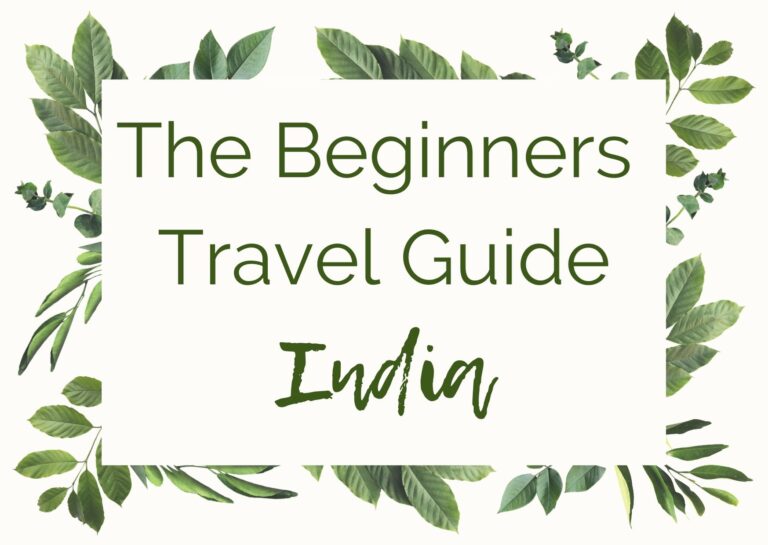
Major Indian Cities
Delhi: The old historic centre is chaotic. The New Delhi neighbourhoods are more spacious with green boulevards, parks and villas.
Mumbai: Bollywood is located here. Bombay has a rich art and fashion scene going on. You have many amazing restaurants and bars. Popular areas are Colaba, Bandra, Juhu and Malabar Hill.
Calcutta: Kolkata is popular by writers. Walk around in the city and admire the amazing colonial architecture.
Bangalore: The city is sometimes referred to as The Silicon Valley of India. Bangalore is the IT- hub of India. The city is considered to be the most progressive city in the country with a surprisingly western nightlife scene.
Chennai: Not very popular among foreign tourists. There is not much to do compared to other cities. From here it is easy to go to Mahabalipuram, Auroville and Pondicherry.
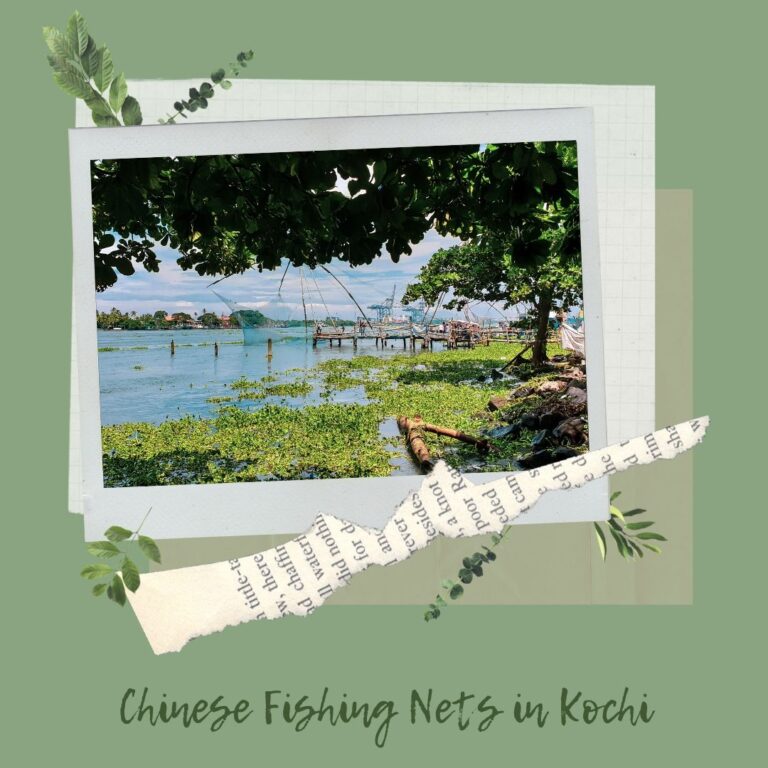
Names Changes
The Indian Government decided to change the names of cities and states from English names to Indian names. A few examples:
- Alleppey Alappuzha
- Bangalore Bangaluru
- Madras Chennai
- Cochin Kochi
- Calcutta Kolkata
- Bombay Mumbai
- Mysore Mysuru
- Orissa Odisha
- Pondicherry Puducherry
- Trivandrum Thiruvanantapuram
Public Transport
Buses, trains and taxis are inexpensive, but not fast. Don’t expect to travel 100km and reach your destination in an 1 hour. Tip: don’t check the distance when booking trains and buses. Check the duration. If a train or bus ride is too long, consider a stop-over somewhere. Learn more with the Beginners guide to travel India by train. Or if you need specific info I recommend: how to book train tickets as a foreigner in India.
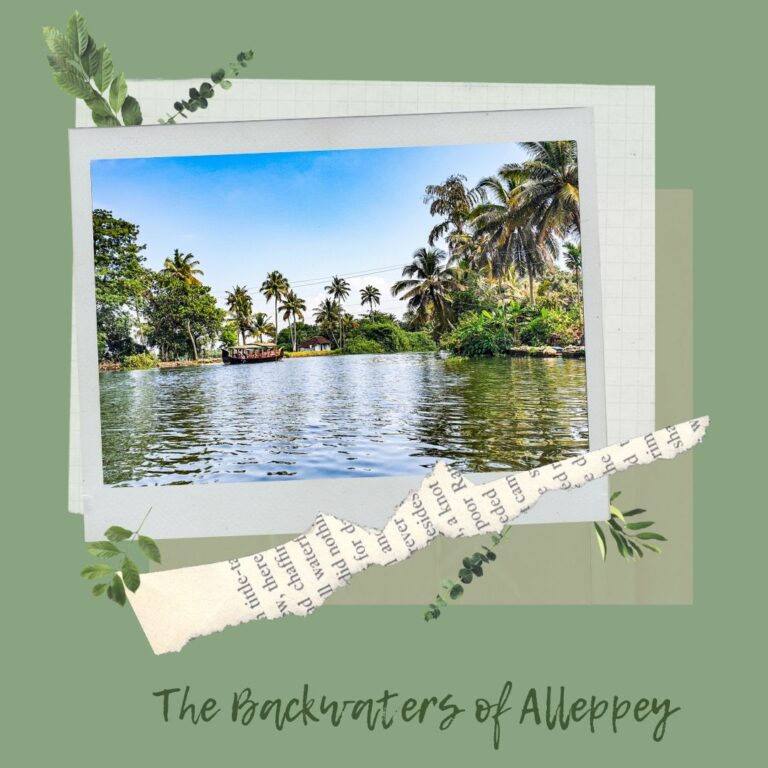
Practical info
Currency: Indian Rupees (₹)
ATM: Some small towns have one of two ATM’s that accept foreign cards. If you plan to travel too smaller places make sure to bring enough cash with you before you go.
Languages: Mostly Hindu and English
Religion: predominantly Hinduism
Capital city: New Delhi
Visa: European nationalities can apply for an e-visa. Read the article about Indian Visa to find out more.
Local SIM card: For international visitors, I highly recommend obtaining a SIM card from either Airtel or Vodafone. These providers offer excellent roaming connections in urban areas. If you plan on traveling for more than two weeks, it’s convenient to have an Indian SIM card. Having a local number is essential for booking Uber or Ola taxis, as well as bus and train tickets. Remember to bring a passport-approved photo when applying for a SIM card.
eSIM: Consider Airalo as a viable option for purchasing an eSIM. It’s crucial to ensure that your phone supports eSIM usage before investing in a plan.
Country code: + 91
Time: India Standard Time is GMT/UTC 5½ hours
Official Tourism Website: Incredible India is the International Tourism Board of India. An initiative of the Indian Government to promote tourism in India.
Practical info: Are you planning a trip to India and you need some practical info? Read the ultimate planning guide when you are going for a long term journey or download the packing list. I share tips about setting up a travel budget. Or find out the best travel apps to use.
Sustainable travel: I have written a few articles about sustainable travel. I give tips about how to make your trip more sustainable and how to fly more sustainable. I believe even the smallest effort can help. Read about my stay in an eco-friendly bungalow in Varkala.
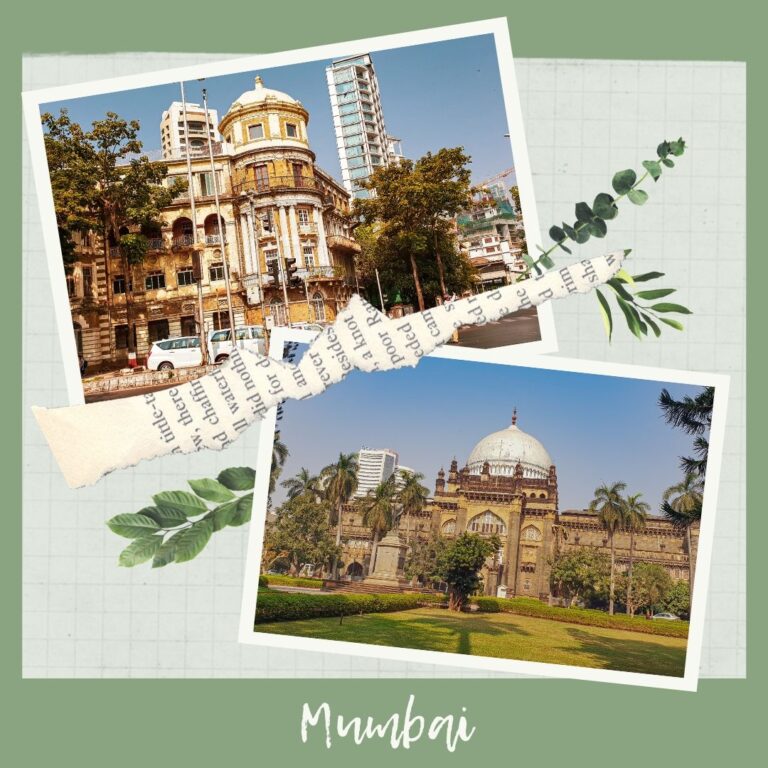
Festivals
Republic Day: The Republic Day of India is held on January 26th. There is the Military parade in Delhi to celebrate the founding of the Republic of India.
Holi: The Holi festival is held in February or March. Hindus celebrate the beginning of spring by throwing coloured powder at anyone who walks by.
Diwali: In October or November Hindus celebrate Diwali, the festival of lights. They lead Lord Rama home after returning from his exile. People decorate their houses and shops with lights. It’s feels like Christmas for westerners. Diwali is celebrated for five to eight days, depending on region or community. Families and friends give each other gifts, there is firework every night and they keep going until they run out of firework.
Reading tip: The most fascinating festivals and celebrations in India
Best time to go
High season: October to March: the best weather when travelling in India. Warm days and relative cool nights (for Indian standards). Busy with tourist and prices go up. Book accommodation beforehand. From February onward the temperature increases.
Low season: April to September: the months of April and May are scorching hot and the prices are lower. From June onwards the monsoon starts. Get out of the heat and go north to the Himalayas and Darjeeling where the temperatures are cooler.
Latest India travel articles
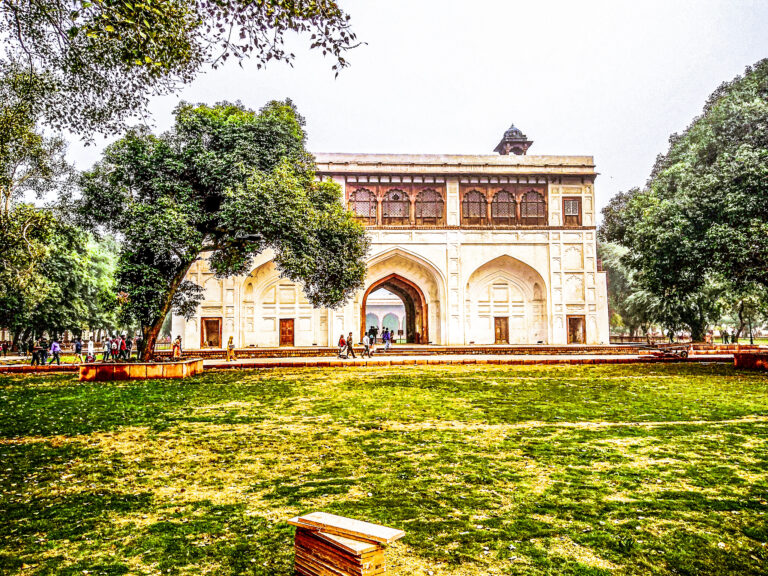
Best hostels in New Delhi for 2024
Discover the best hostels in New Delhi for 2024 in this list of the best budget-friendly accommodations.
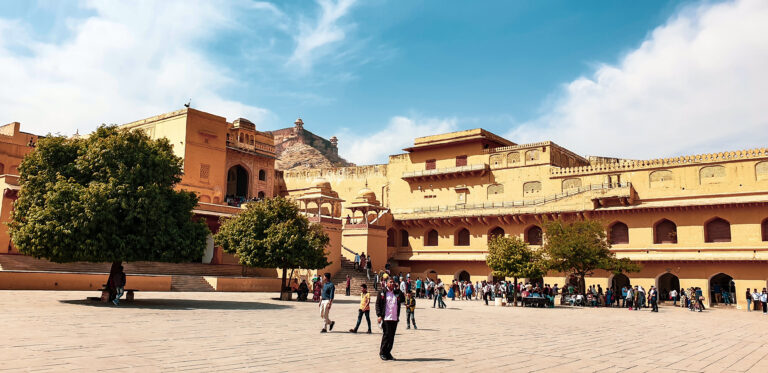
How to create an IRCTC account as a foreigner?
With this post I will guide you through the proces on how to create an IRCTC account as a foreigner.
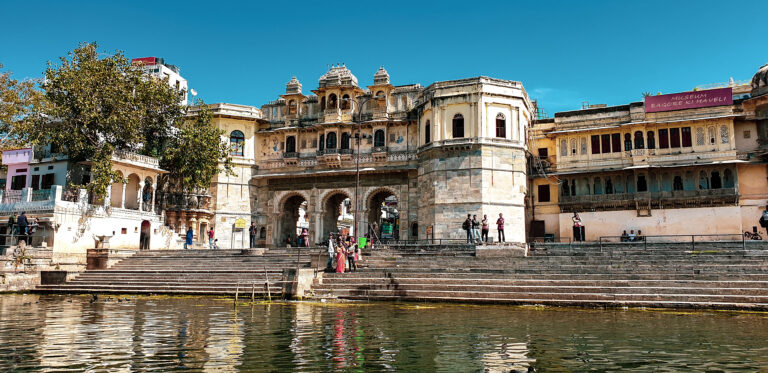
Why train travel is a unique way to explore India
Travelling by train in India is a unique experience. You meet the locals, can practice Hindi and are able to admire the stunning landscapes.
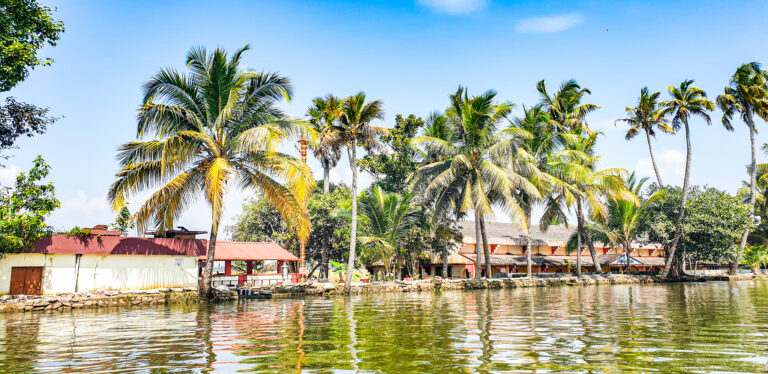
Beginners guide to travel India by train: tips and tricks for a smooth experience
This is the ultimate beginners guide to travel India by train. Travelling by train in India is an experience on itself.
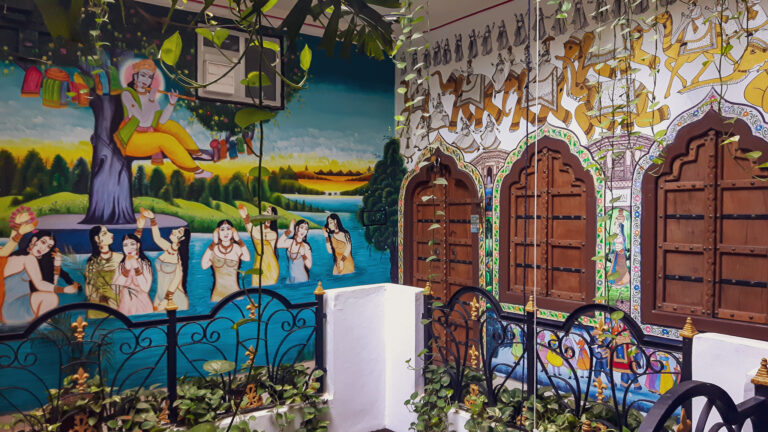
Best hostels in India for foreigners
Planning a trip to India? Discover the best hostels in India for foreigners in this comprehensive list. Find budget-friendly accommodations, make new friends, and experience quality service during your stay.
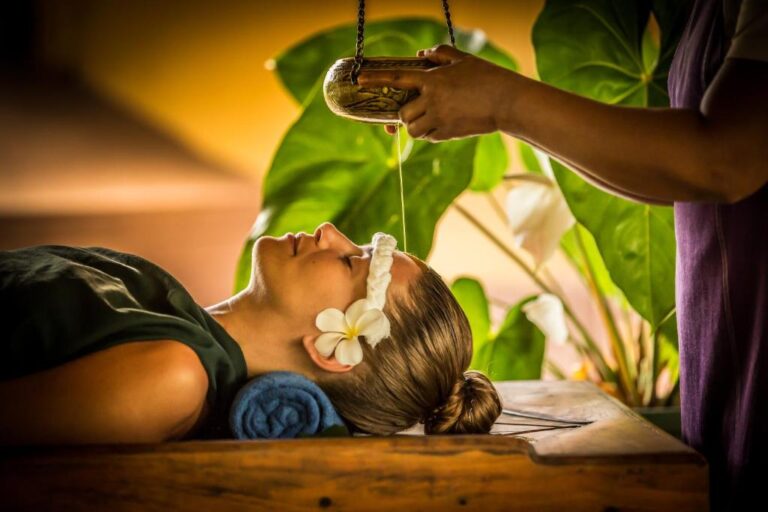
Unlocking the secrets of Ayurveda: A healing tradition from India
Discover the ancient Indian healing system of Ayurveda. A holistic approach to health and wellness. Learn about its origins, principles, and why it’s gaining global popularity.